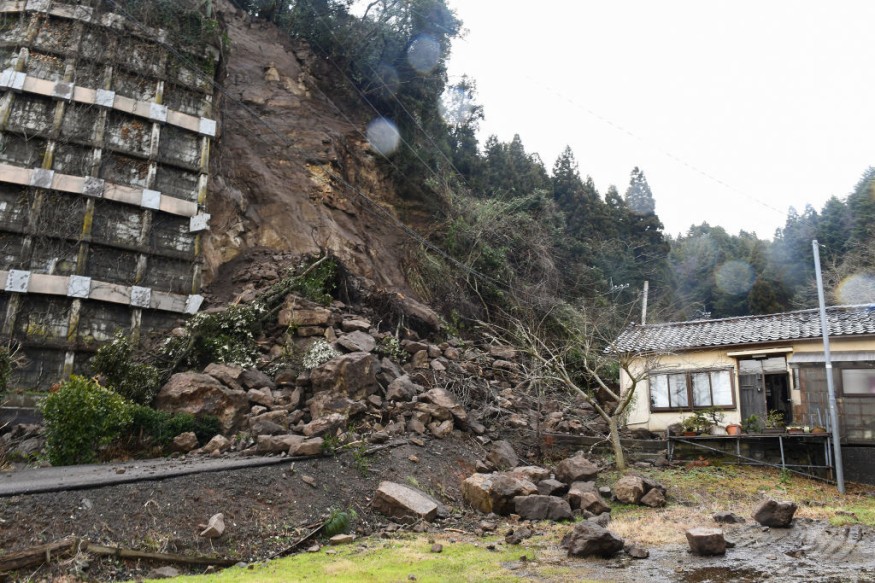
Rescuers are rushing to find hundreds of individuals who went missing after a catastrophic earthquake on New Year's Day that struck the Noto Peninsula and surrounding areas in central Japan.
A crucial 72-hour deadline for finding survivors from the time the earthquake occurred ended late Thursday.
Casualties On The Rise
Two further deaths were confirmed in Anamizu, making 100 death tolls as of this writing.
A total of 211 individuals remained missing in the prefecture as rescuers worked to extricate survivors from rubble, with rain and snow anticipated in the region until Sunday.
Officials in Ishikawa prefecture, the hardest-hit region, convened their daily meeting to evaluate strategy and damages.
Japan's Self-Defense Forces have increased the number of personnel participating in rescue and relief operations to 4,600.
Many individuals are believed to be trapped beneath collapsed homes, primarily in the towns of Suzu and Wajima. The wooden constructions were not designed to survive the country's periodic earthquakes.
In a meeting of the disaster response headquarters in his office, Prime Minister Fumio Kishida told officials from related ministries and agencies to "tenaciously and thoroughly conduct rescue operations to save as many lives as possible."
Due to quake damage to highways in Ishikawa, where over 31,000 people are evacuated in 357 shelters, authorities are still struggling to transport relief supplies.
Some shelters did not have running water to flush toilets, resulting in hygienic and mental health issues.
"The biggest challenge for us is the access. Most disastrous areas are difficult to reach because of the rocks on the roads and landslides caused by the rain and the aftershocks," said Musubi Yata from the Japanese Red Cross Society.
Continuing Aftershocks
In the last week, dozens of aftershocks have jolted Ishikawa and the surrounding region. Japan, with its crisscrossing fault lines, is a quake-prone country.
Weather projections for the weekend predicted rain and snow, while experts warned of further aftershocks.
The Ishikawa prefectural government intends to create temporary housing for affected residents, but work will not begin until Friday.
The University of Tokyo's Earthquake Research Institute discovered that the sandy shoreline of western Japan migrated up to 250 meters (820 feet) seaward in some locations.
The tremors caused a big fire in Wajima, as well as tsunamis and landslides throughout the region.
The United States announced that it is preparing military logistics support and supplies for Japan. They also offered $100,000 in relief, including blankets, water, and medical equipment, and vowed that more would follow.
According to the Chicago Council on Global Affairs, over 54,000 US troops are located in Japan, making it the largest US military presence abroad.
The United States military was heavily involved in disaster relief efforts following the 2011 earthquake, deploying nearly 24,000 people as well as 24 ships and 189 aircraft. In 2016, they also provided earthquake relief on Kyushu Island.
"All of U.S. Forces Japan remain ready to support our Japanese Allies during this difficult time. We are unable to provide specifics on military support operations at this time, but we will provide updates when we have more that we can share," the U.S. Forces in Japan said in a statement.
© 2025 NatureWorldNews.com All rights reserved. Do not reproduce without permission.





